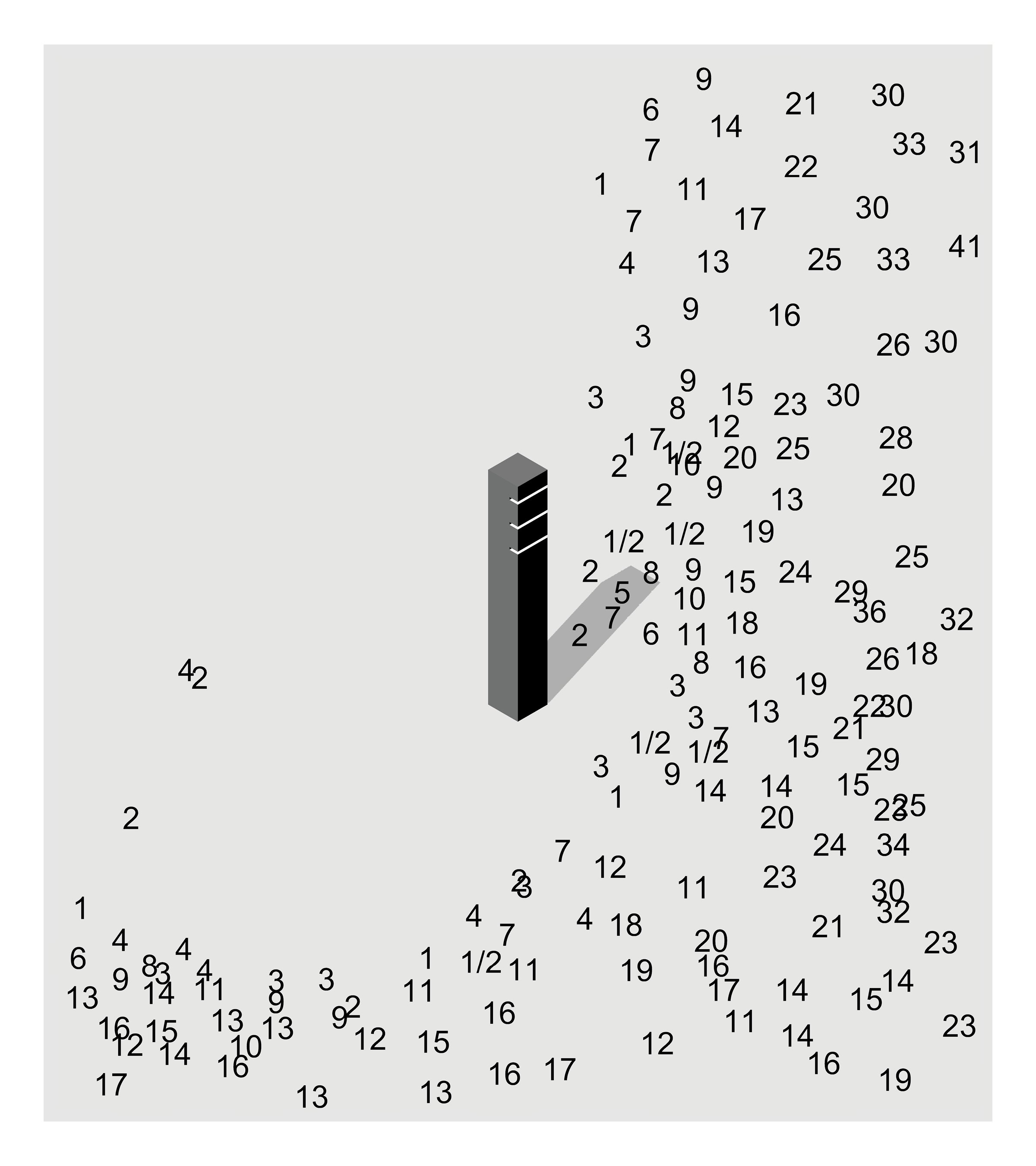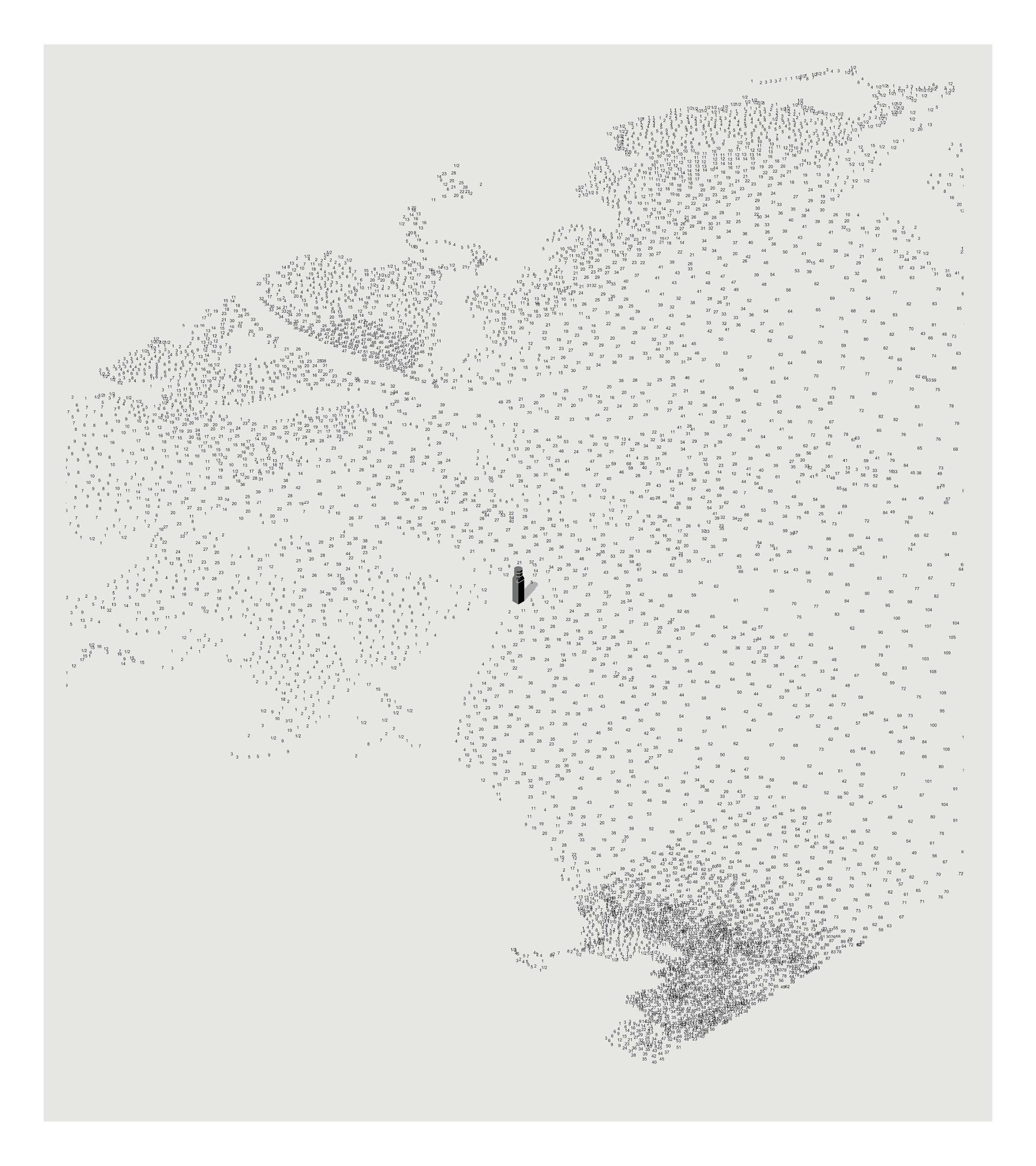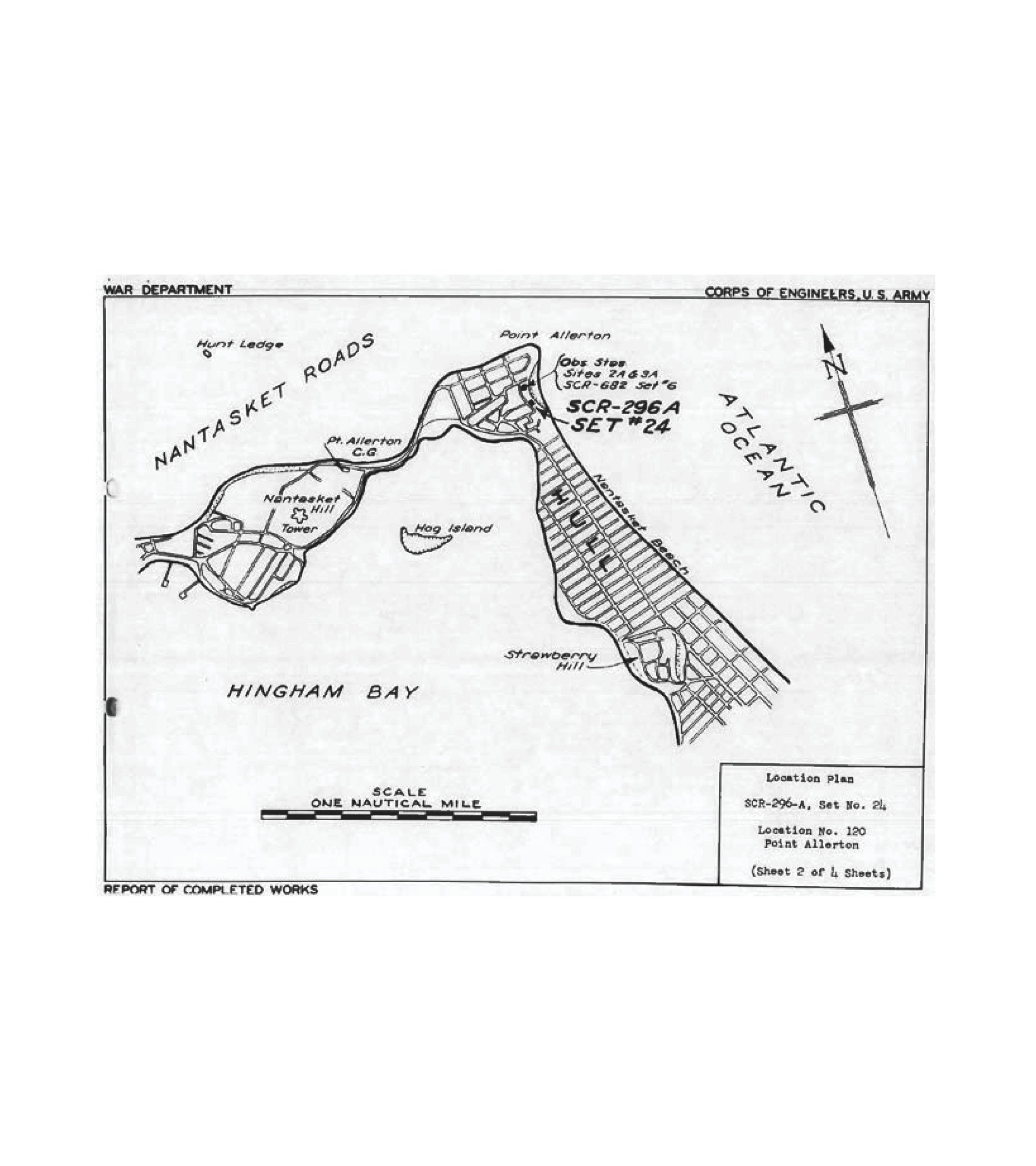Fire Control Towers
Cataloging and Futures
IN PROGRESS
”So ugly, so charged with unsettling associations are the WW2 observation tower. War does not belong on the beach, does not belong on vacation - no one sees the tower. No one realizes it. However precisely modernist it is in outline, no devotee of the international-style architecture admires its purity in form, however bold against the dawn sky, no painter or photographer records it.”
-John Stilgoe, Alongshore, 1994
In the early 1940s when the threat of German invasion seemed all too likely, the U.S. Military rapidly acquired sites along the Eastern Seaboard and erected “Fire Control Towers” (FCTs). These concrete observation towers, typically 5-6 stories tall with small footprints, constituted a new coastal defense network along with nearby bunkers and artillery batteries.
FCTs were tasked with detecting, locating, and anticipating the trajectory of enemy surface vessels offshore by way of triangulation. Once targets were located, FCTs would direct coastal batteries to fire upon them. Hundreds of towers were built as a part of this network – often sited in small coastal villages and abutting residential homes. Because the threat of invasion quickly transitioned from naval to aerial attack, FCTs were rendered obsolete and decommissioned in a short matter of years. After the war, they were considered surplus and sold off. Today, many towers stand dormant because of their robust construction, albeit stripped of their technical instrumentation. Only a couple have been recast as new spaces and most stand as silent monoliths in backyards.
FCTs are so embedded in the landscape that they have become invisible – forgotten infrastructure now synonymous with coastal vernacular. They are most visible to sailors, who still use them as waypoints for coastal navigation. The adage is that from the top of the northernmost one in Maine one can see the next one south and so on to the Carolinas.





















































